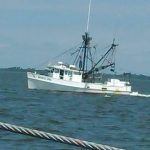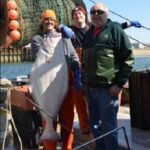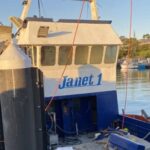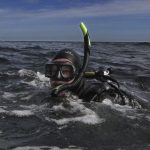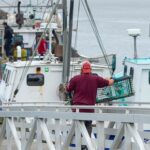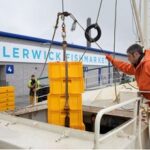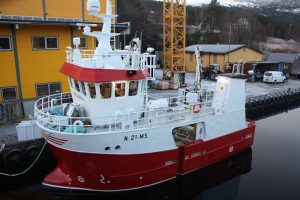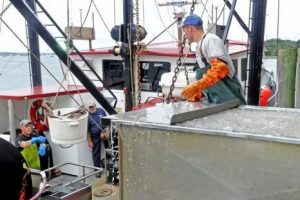Daily Archives: December 13, 2018
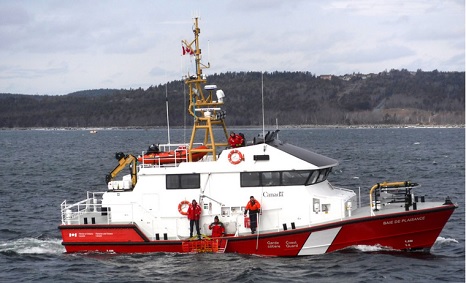
New SAR lifeboats for Canadian Coast Guard
Public Services and Procurement Canada is set to acquire eight new SAR lifeboats from Chantier Naval Forillon and Hike Metal Products for the Canadian Coast Guard. The companies are already producing six SAR lifeboats each under contracts signed in 2015. Under the amended contracts, each shipyard will build four additional vessels at a total cost of $61.8 million. With the ability to operate up to 100 nautical miles from shore, these new high-endurance lifeboats will enhance the coast guard’s SAR capabilities. >click to read<21:10

On and Off Meeting at NOAA office last week
I received an email from the NOAA office last week concerning SKG money that is in their hands to decide on those who applied for the ten million dollars they grant to others each year. So I called fisherman, The Fishermens Wife’s and others in the fishing industry, even a couple of Senators about the meeting. I was told by NOAA you did not have to register, and anyone could speak.
The next email I got was the meeting was cancelled do to the lack of those that were going to attend the meeting. At about the same time of year, about two years ago, I had said the grant money is not going to our fisherman, and said the paper work was over forty pages to be submitted to NOAA. The average fisherman does finds it hard to fill it out. Sam Parisi>click to read<19:55
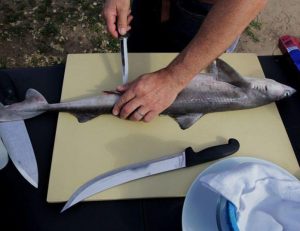
Dogfish harvest to stay same in ’19 as fishermen seek market
Federal ocean managers are allowing the same level of harvest of smooth dogfish, a small species of shark that members of the East Coast seafood industry have tried to find a market for. The National Oceanic and Atmospheric Administration says the smooth dogfish quota will be a little less than 4 million pounds in 2019. Earlier this year, the Cape Cod Commercial Fishermen’s Alliance received a Saltonstall-Kennedy grant of about $37,000 from NOAA for a marketing and promotion project centered on raising the profile of dogfish – including changing the name of the species – to make it more attractive to consumers. >click to read<19:29
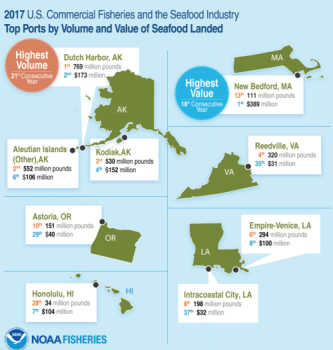
NOAA Fisheries release two reports showing the number of landings and value of for U.S. fisheries
NOAA Fisheries has released Fisheries of the United States, 2017 >click to read< and Fisheries Economics of the United States, 2016 >click to read>. Fisheries of the United States provides data on commercial landings and value and recreational catch. It also includes data on the fish processing industry, aquaculture production, imports and exports, and per capita seafood consumption. Our Fisheries Economics of the United States reports analyzes the economic impact of fisheries and related sectors, including employment, sales, and value-added impacts to the broader economy. >click to read<16:08
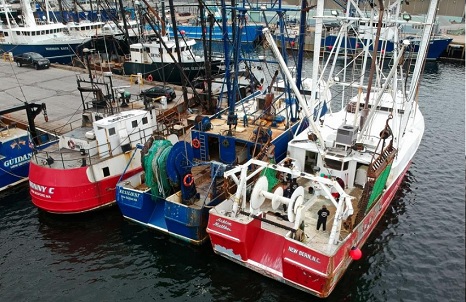
Port of New Bedford ranks No. 1 for 18th consecutive year
Death, taxes and New Bedford ranked as the most valuable fishing port in the country remain certainties in life. NOAA announced its annual fish landings data on Thursday for 2017, and for the 18th consecutive year the Port of New Bedford topped all others in terms of value. The port landed $389 million in 2017, more than $200 million more than Dutch Harbor, Alaska, which landed $173 million. Scallops accounted for 80 percent of the seafood landed in New Bedford.>click to read<15:23
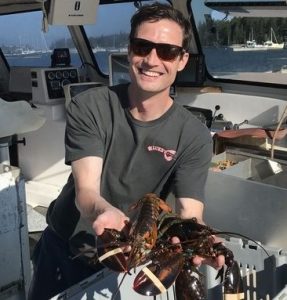
As Luke’s Lobster grows, its owner keeps an eye on sustainability
“It all starts with the fishermen,” he said. “Without them, we don’t have the great product to sell in our restaurants or through our retail partners. We’re a certified B Corporation, so it’s in our DNA to look for the win-win as we grow the business.”The co-op partnership model began in 2016, shortly after Tenants Harbor fishermen and Holden founded the Tenants Harbor Fisherman’s Co-op on Miller’s Wharf, according to a company news release. At that time, Holden started a restaurant on Miller’s Wharf and began returning 50% of the profits from the restaurant back to the co-op. >click to read<14:28
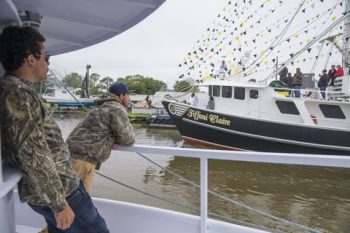
Louisiana: State begins coast-wide effort to sustain fisheries hit by wetland erosion, restoration projects
State officials have embarked on a coast-wide effort to partner with the commercial and recreational fishing industry to find ways to make fishing more sustainable in the future, even as some state projects aimed at restoring coastal wetlands and land threaten fisheries and fishers. Representatives of Louisiana Sea Grant, the state Department of Wildlife and Fisheries and the Coastal Protection and Restoration Authority told members of the authority’s board on Wednesday (Dec. 12) that a joint fishing industry adaptation program begun earlier this year is aimed at listening to fishers and incorporating their ideas in any future adaptation plans. >click to read<12:22
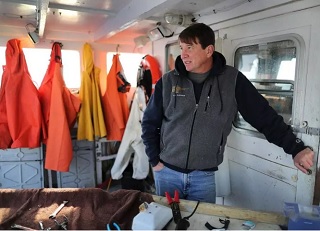
First major offshore wind project in jeopardy of being blocked
The warming waters south of Cape Cod have decimated the region’s lobster fishery. But it’s an ambitious effort to fight climate change that has lobstermen like Lanny Dillinger concerned for their livelihoods. Dillinger worries that the nation’s first major offshore wind farm, planned for the waters between Martha’s Vineyard and Block Island — a $2 billion project that will set precedents for the future of wind power in the United States — will transform the area into a maze of turbines and make it too treacherous to fish. As a result, Dillinger and the rest of the Rhode Island Fishermen’s Advisory Board took a unanimous vote last month that could threaten the project, which was designed to supply electricity to Massachusetts, and the Baker administration’s plans to curb carbon emissions. >click to read<11:05

Congress passes bill that will allow killing of sea lions to help salmon
Congress has agreed to make it easier to kill sea lions threatening fragile runs of salmon in the Northwest. Oregon Public Broadcasting reports that a bill approved by the House Tuesday changes the Marine Mammal Protection Act to lift some of the restrictions on killing sea lions to protect salmon and steelhead in the Columbia River and its tributaries. The measure had previously passed the Senate. Wildlife managers say sea lion populations have grown so large that they no longer need all the protections that were put in place for them in 1972. >click to read<10:14
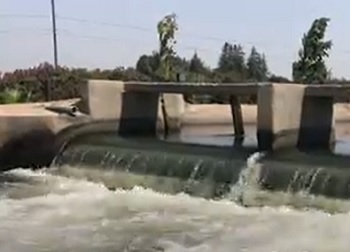
California shifts water from farms, cities to fish.
Despite an epic last-minute compromise brokered by Gov. Jerry Brown, state water regulators voted Wednesday to reallocate billions of gallons of San Joaquin River water from farms and cities to revive struggling fish populations. After hours of testimony, the State Water Resources Control board voted to deliver hundreds of thousands of acre-feet of water from the San Joaquin watershed to salmon, steelhead and other species that ply the fragile Delta. The vote will eventually take water from Valley farmers, who have blasted the plan as a “water grab,” as well as cities such as Modesto and San Francisco. >click to read<09:52

































